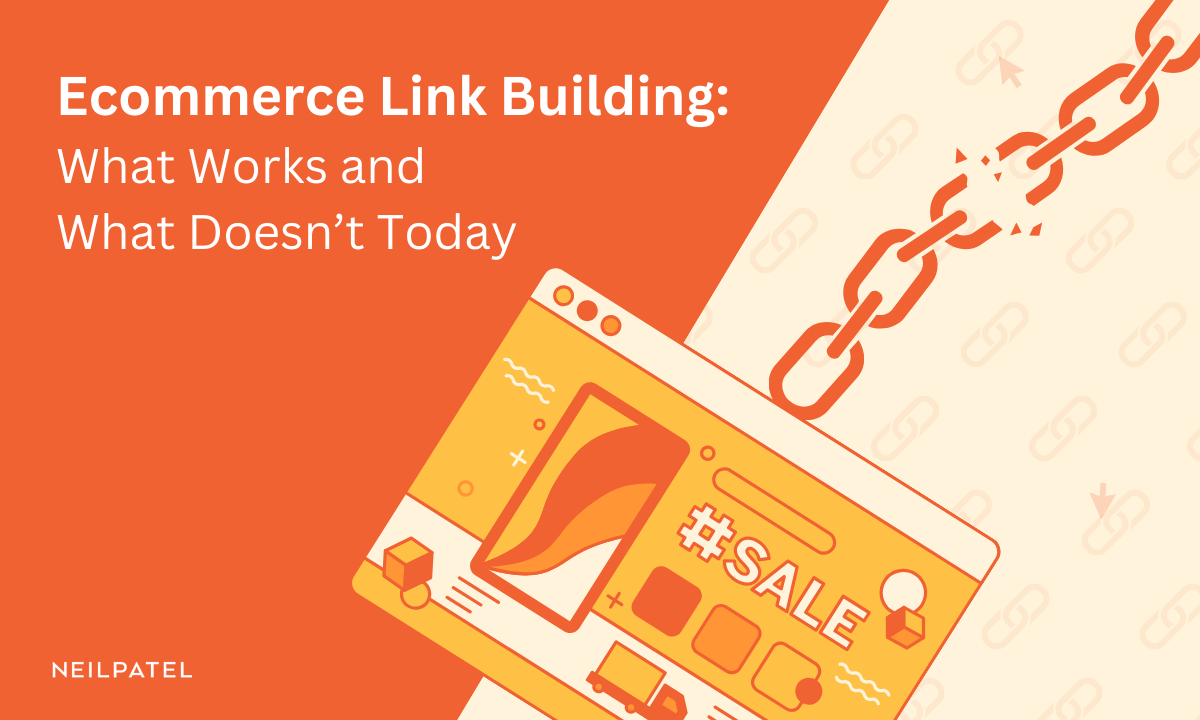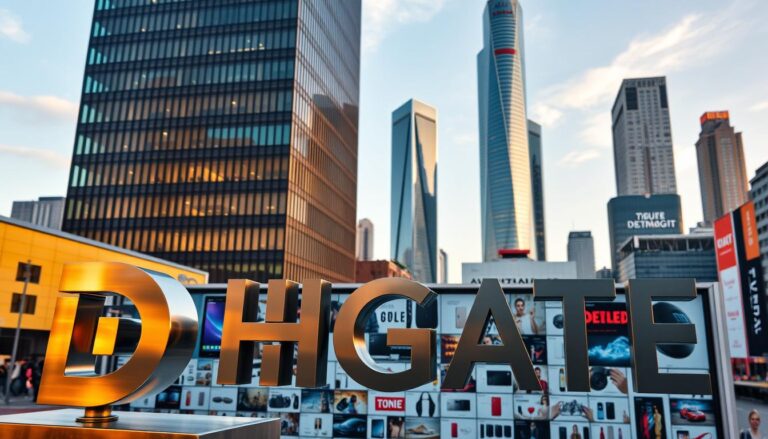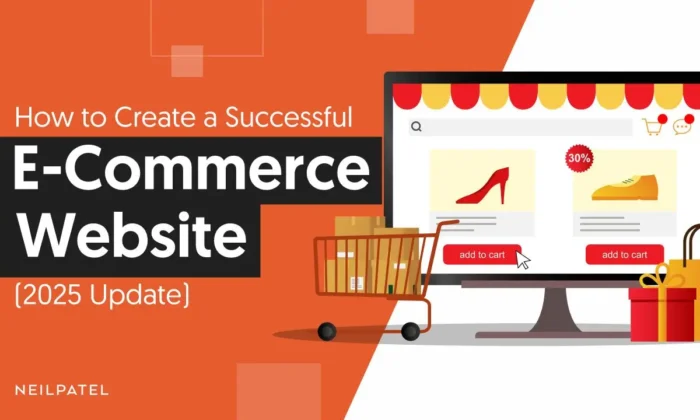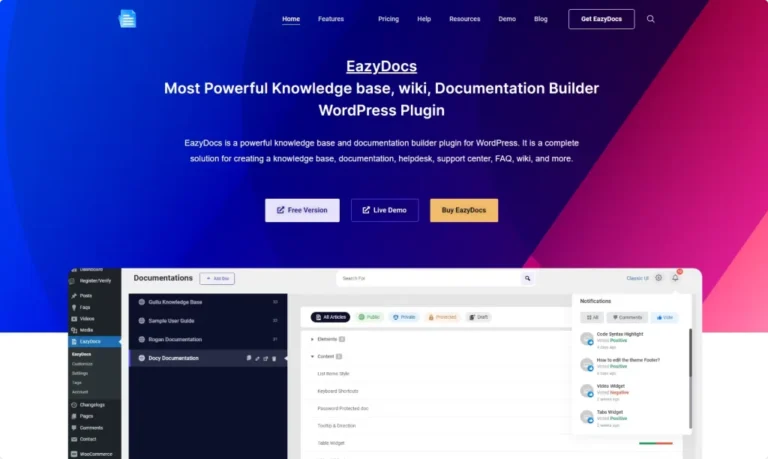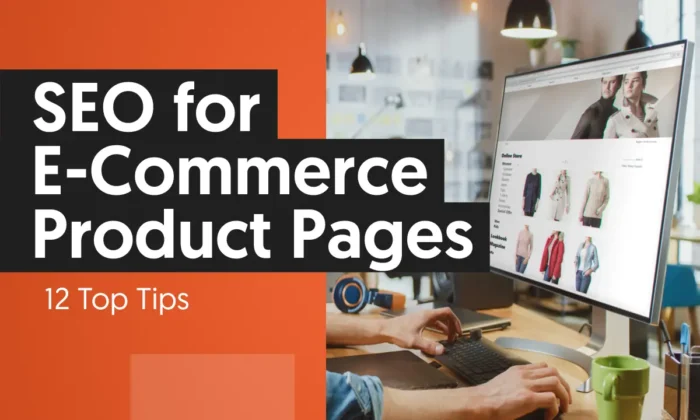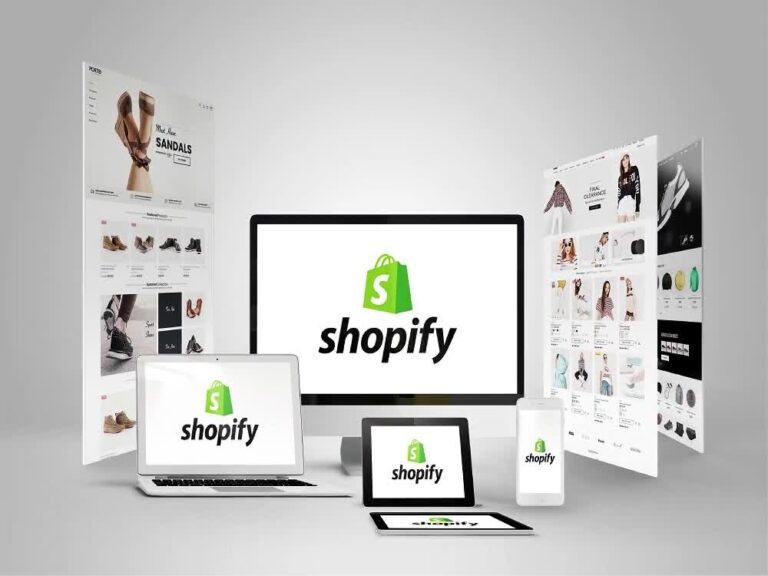Ecommerce Link Building: What Works and What Doesn’t Today
Who wants to link to a product page selling $10 water bottles?
Or a category page for men’s t-shirts?
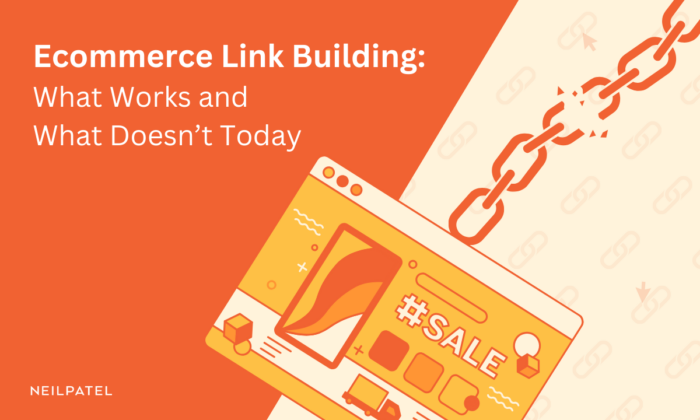
Online merchants have been scratching their heads and asking questions like this for as long as organic search has been a thing.
It’s true that ecommerce link building is more difficult than traditional link building.
But there are opportunities. Lots of them, if you know where to look.
Key Takeaways
- Digital PR and linkable assets are the most effective ecommerce link building tactics.
- Broken links and unlinked brand mentions are also worth pursuing.
- Avoid paid links, excessive press releases, and gimmicky promotions.
What Is Ecommerce Link Building?
Ecommerce link building is the process of obtaining links to ecommerce sites.
The overriding aim is to increase rankings of product pages in regular SERPs and organic Google Shopping listings (accessible via the “Shopping” tab). Research shows that just one or two backlinks can have a big impact on Shopping listings.
Ecommerce link building differs from traditional link building because product and category pages aren’t naturally linkable. Sharing them only rarely enhances the value of the linking page. And while site admins are incentivized to share affiliate links, SEO value is limited in these cases.
That’s why ecommerce link building focuses on creating a handful of linkable assets and distributing equity through a well-organized internal link structure.
What Is Working in Ecommerce Link Building?
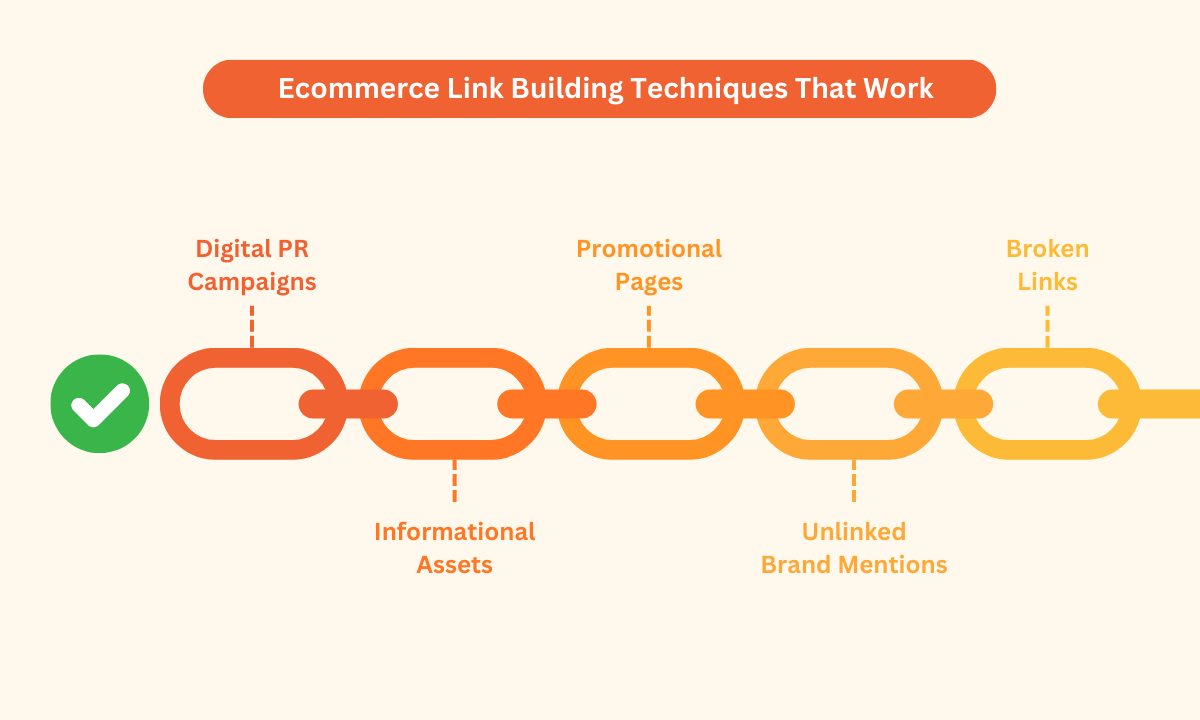
In my experience, the most effective ecommerce link building strategies have five elements:
- Digital PR campaigns
- Assets targeting informational keywords
- Permanent discount and promotion pages
- Brand monitoring
- Broken link building
Let’s look at each of these in depth.
1. Digital PR Campaigns
Digital PR is about doing something notable and reaching out to journalists to cover it. Well-thought-out campaigns can build hundreds of high-quality links.
Some newsworthy events, like the release of an interesting product, occur naturally. Alternatively, they can be engineered to create publicity. Promotions aligned with major public holidays and celebrity collabs are good examples.
Media outlets are likely to cover the following:
- Interesting or timely products
- Creative promotions that offer a lot of value
- Charitable and socially responsible initiatives
- Partnerships with celebrities
Here’s a product collaboration between Disney and Lego that was covered by multiple outlets:
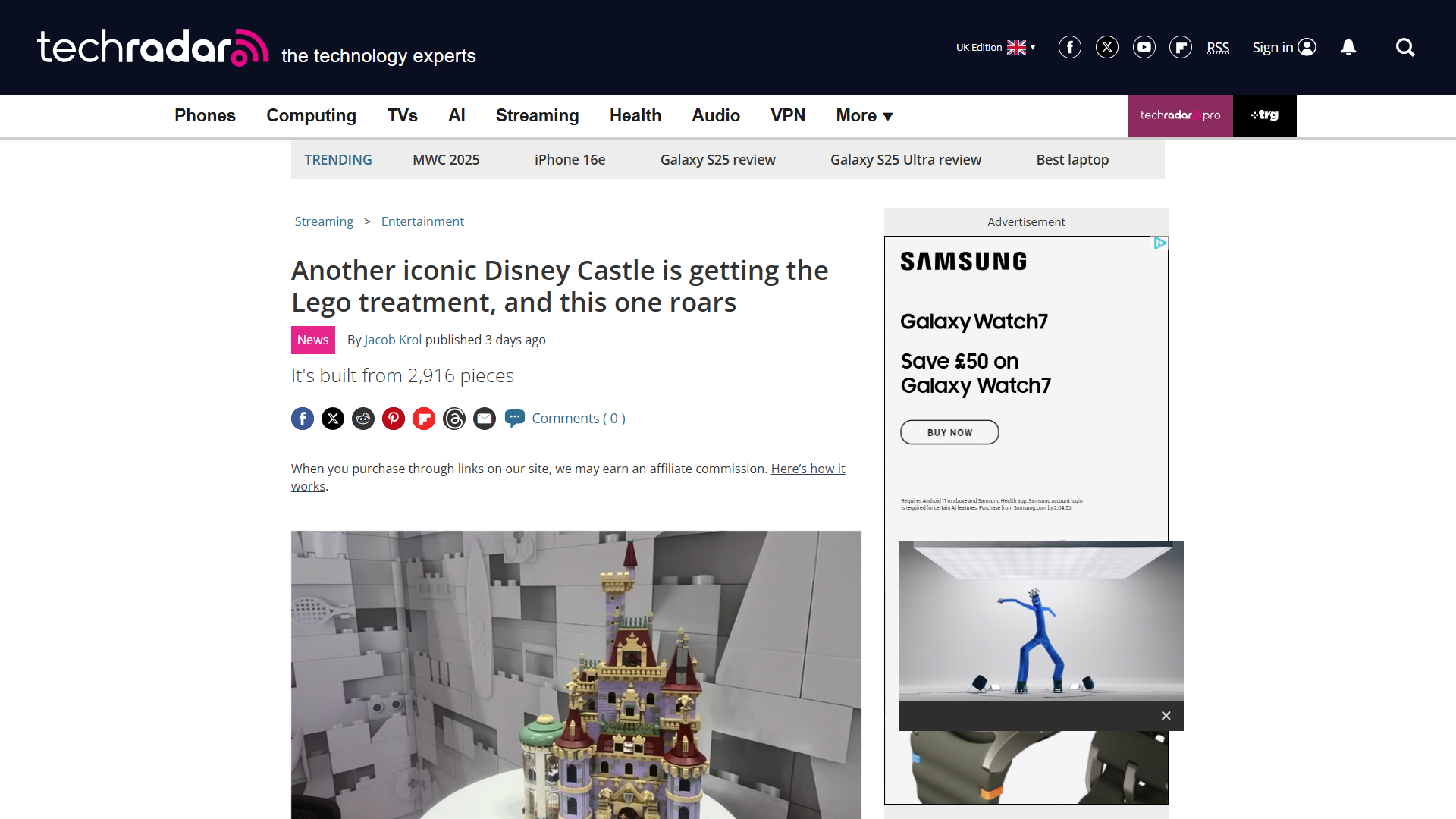
In another example, Barnes and Noble launched a unique promotion where it discounted Paramount films by 50%, to the joy of film buffs:
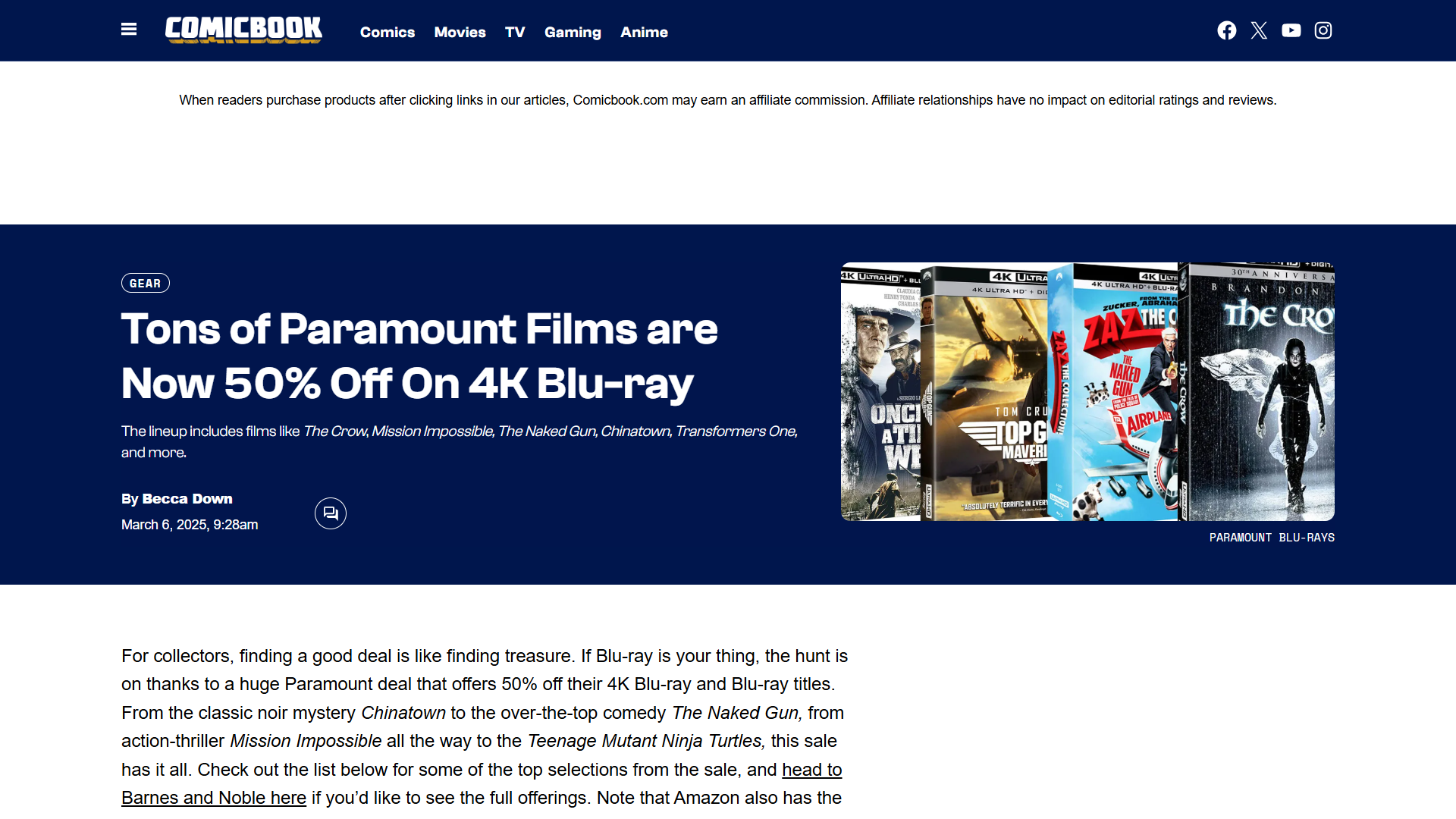
On the social responsibility front, one standout example is REI’s campaign, #OptOutside.
Instead of taking part in the consumer frenzy of Black Friday, REI closes its stores and gives employees the day off:
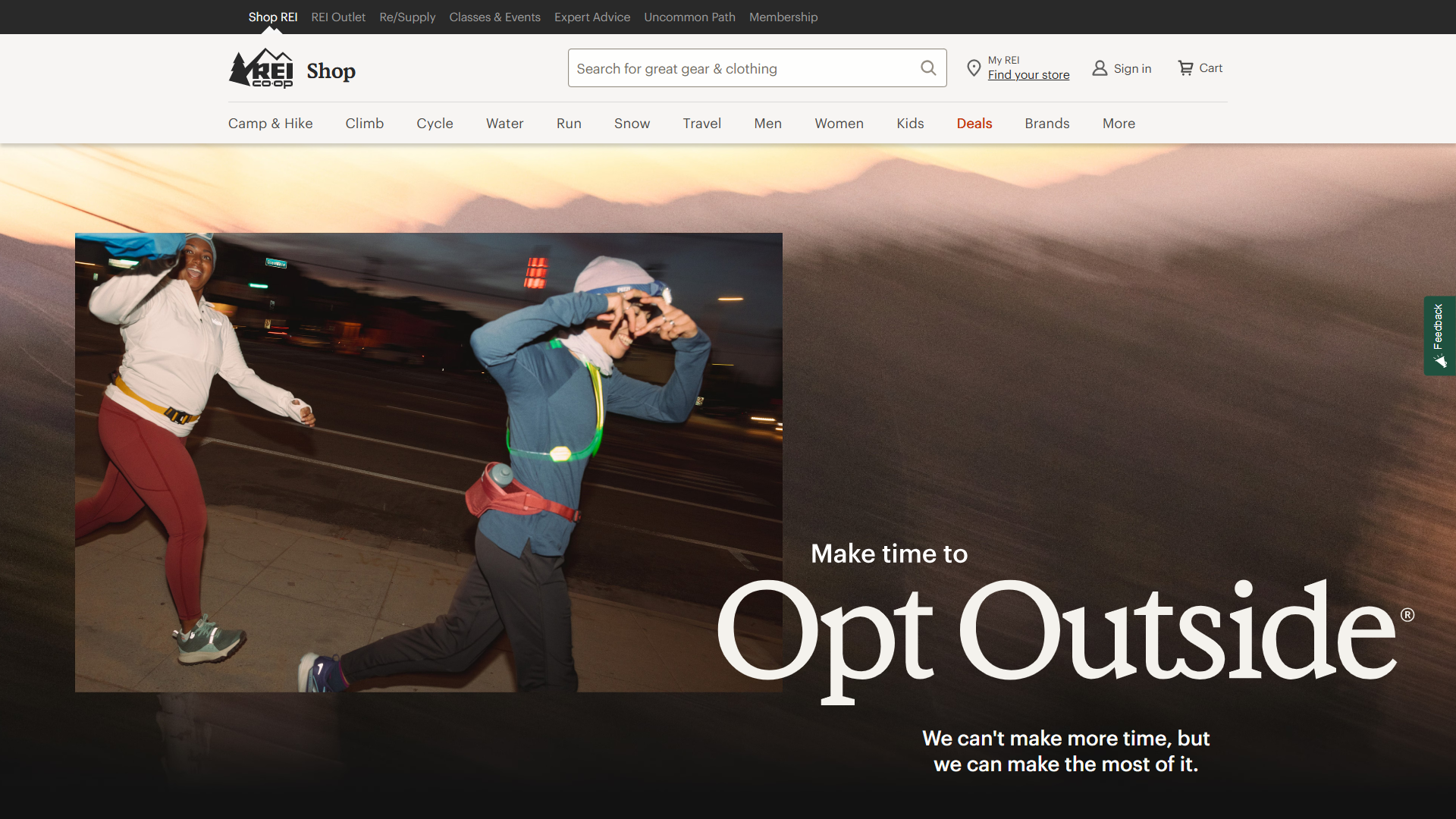
It’s an initiative that’s been covered widely in the press, including Fox Weather, Forbes, and The Guardian:
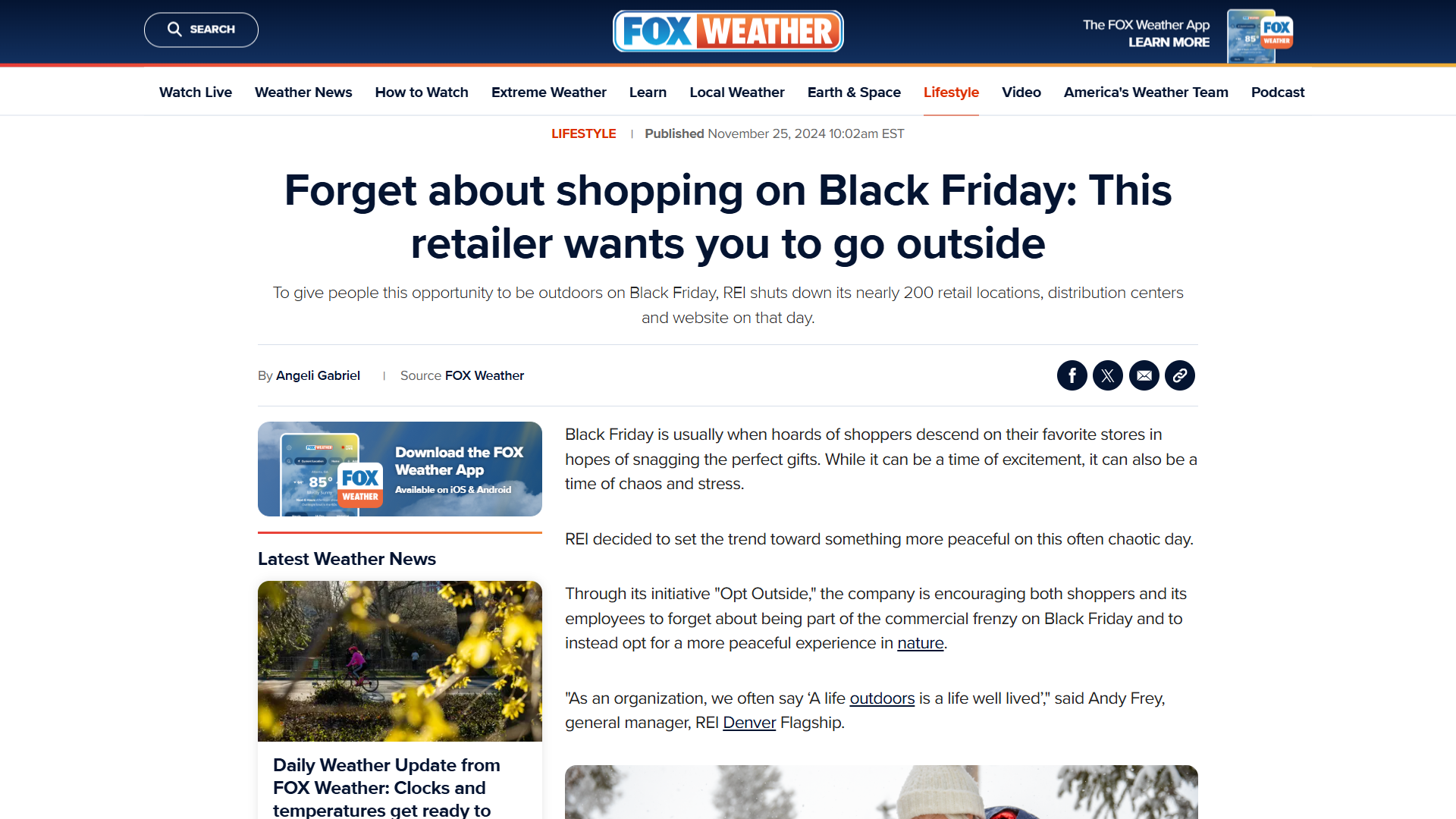
When it comes to partnering with celebrities, cookware store Our Place’s partnership with Selena Gomez is a fantastic success story:

2. Guides Targeting Informational Keywords
When linking to ecommerce stores, sites will often use affiliate links. As these typically include a nofollow tag, they have limited SEO value.
Are You Using Google Ads?Try Our FREE Ads Grader!
Stop wasting money and unlock the hidden potential of your advertising.
- Discover the power of intentional advertising.
- Reach your ideal target audience.
- Maximize ad spend efficiency.
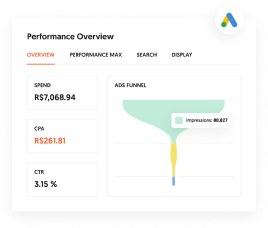
Get your free Analysis
Nofollow links aren’t bad, but they’re nowhere near as powerful as non-affiliate links.
Digital PR campaigns will usually drive a mix of dofollow and nofollow links. But it can be variable. That’s why it’s also important to target informational keywords that site admins can find and link to.
Research conducted by my team at NP Digital found that three content types outperform all others:
- Ultimate guides
- Original research
- Tools
There’s a place for all of these assets—guides, research, and tools—in your ecommerce link building strategy.
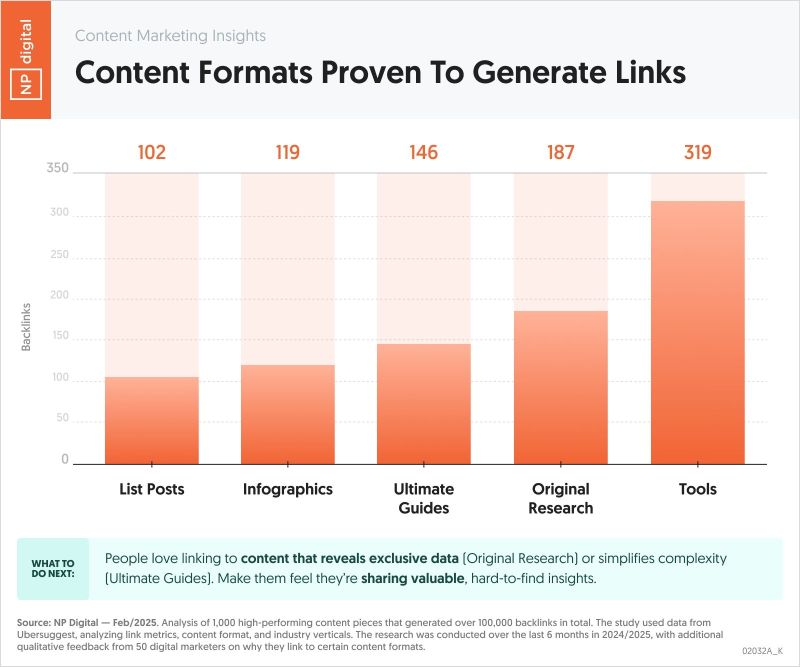
Here’s an example of an excellent guide from gardening store Burpee that’s generated hundreds of links:
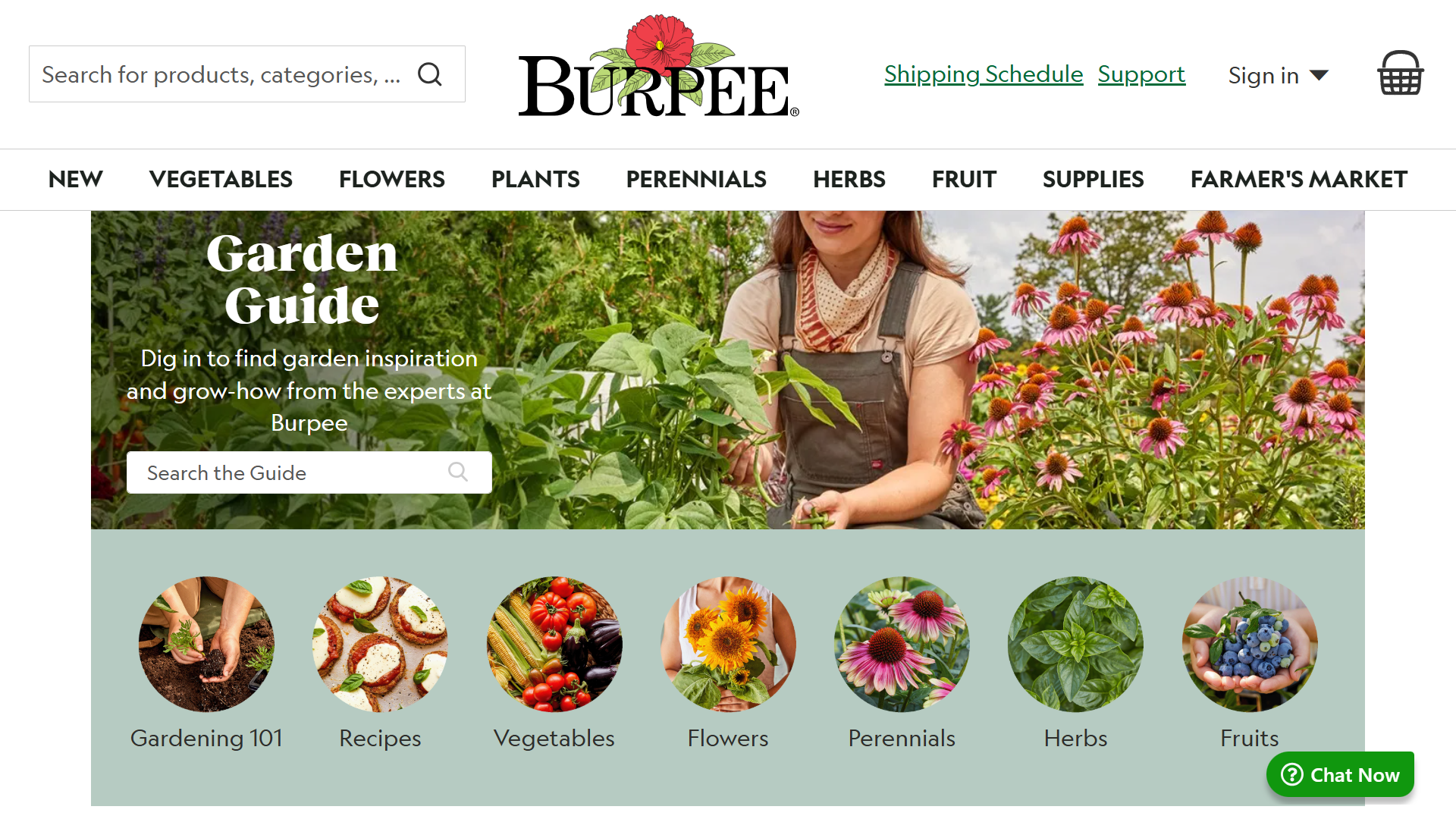
Research and stats are more common in B2B. With a little creativity, however, they can be adapted to retail ecommerce.
Here’s a cool example from Ben & Jerry’s, which sells ice cream on its site:
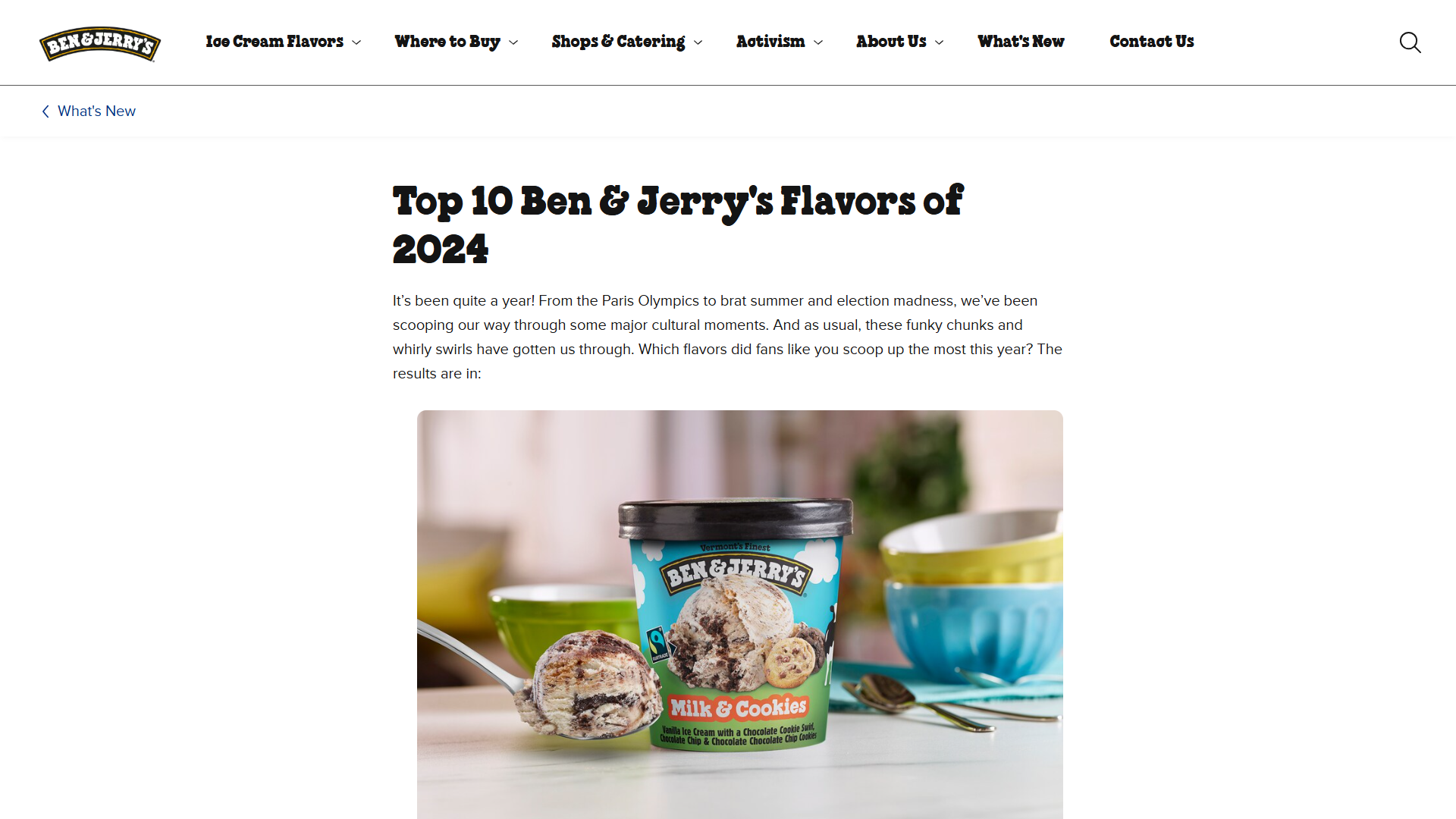
Like data, tools can be a little more tricky for ecommerce. But they’re not impossible to build.
Staples, for example, hosts a local business directory, which aligns perfectly with its mission of supporting independent companies:
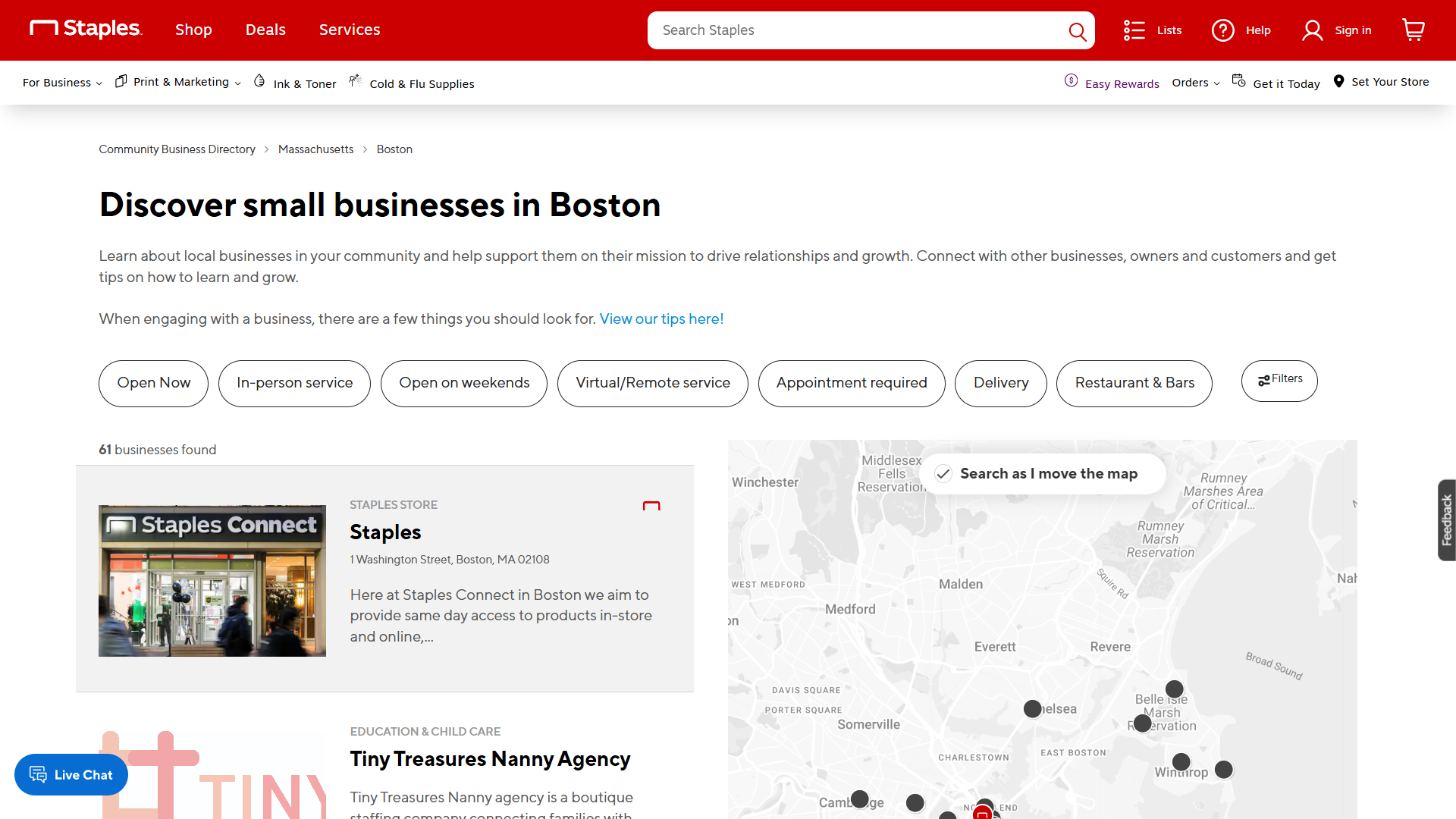
Gardening site YouGarden offers a “plant finder” tool to help customers pick plants suited to their weather conditions, garden aspect, growing skills, and more:
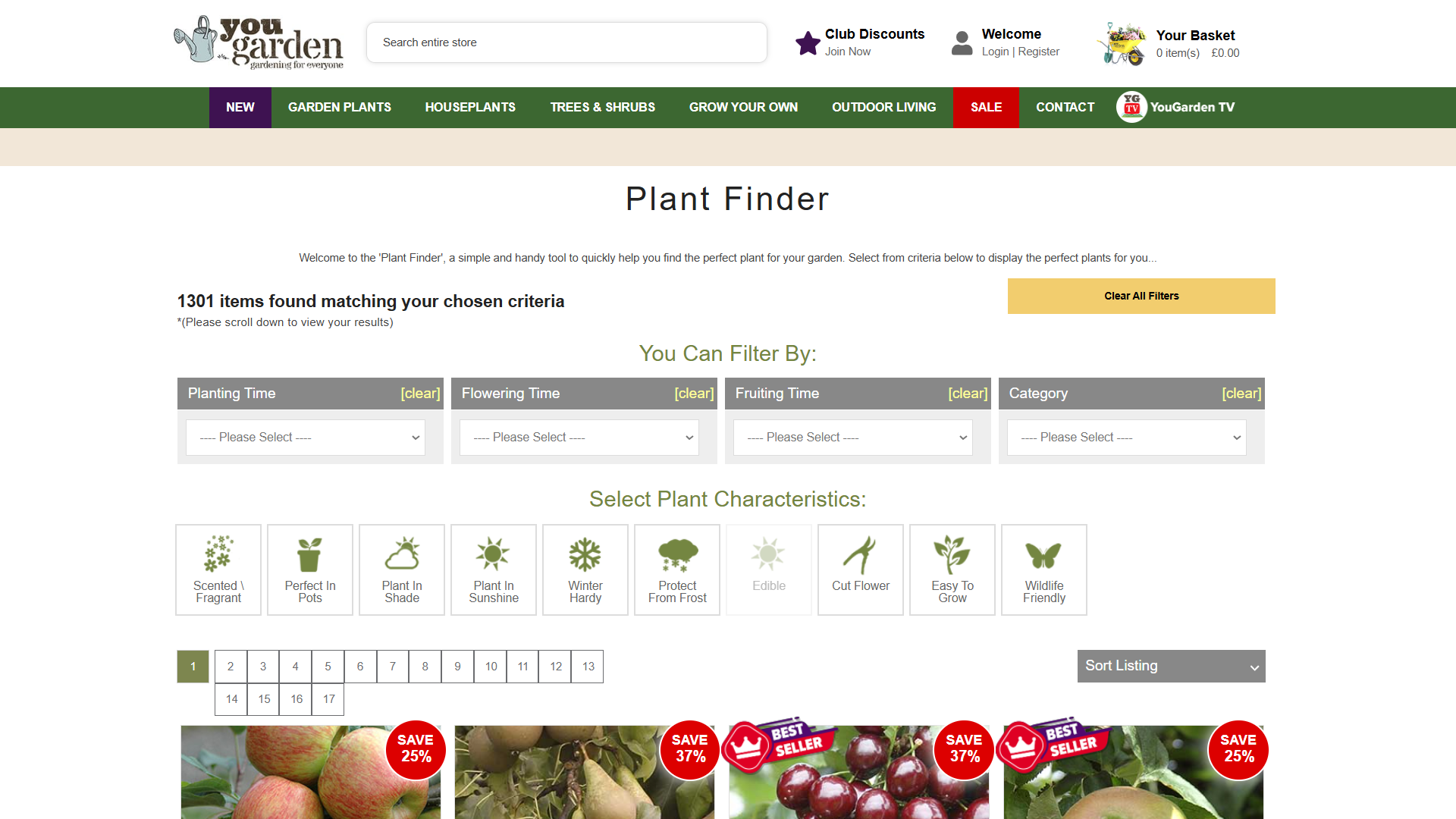
3. Permanent Discount and Special Promotion Pages
The ecommerce calendar is cyclical. Spring, summer, autumn, and winter sales happen every year. So do promotions for Christmas, Thanksgiving, and Black Friday (among other examples).
During these times, you’ll likely get links to your main promotion category page. To avoid losing this valuable link equity, use static URLs and “retire” pages when they’re not in use.
Amazon, for example, uses a permanent page for its Black Friday promotion at the URL amazon.com/blackfriday:
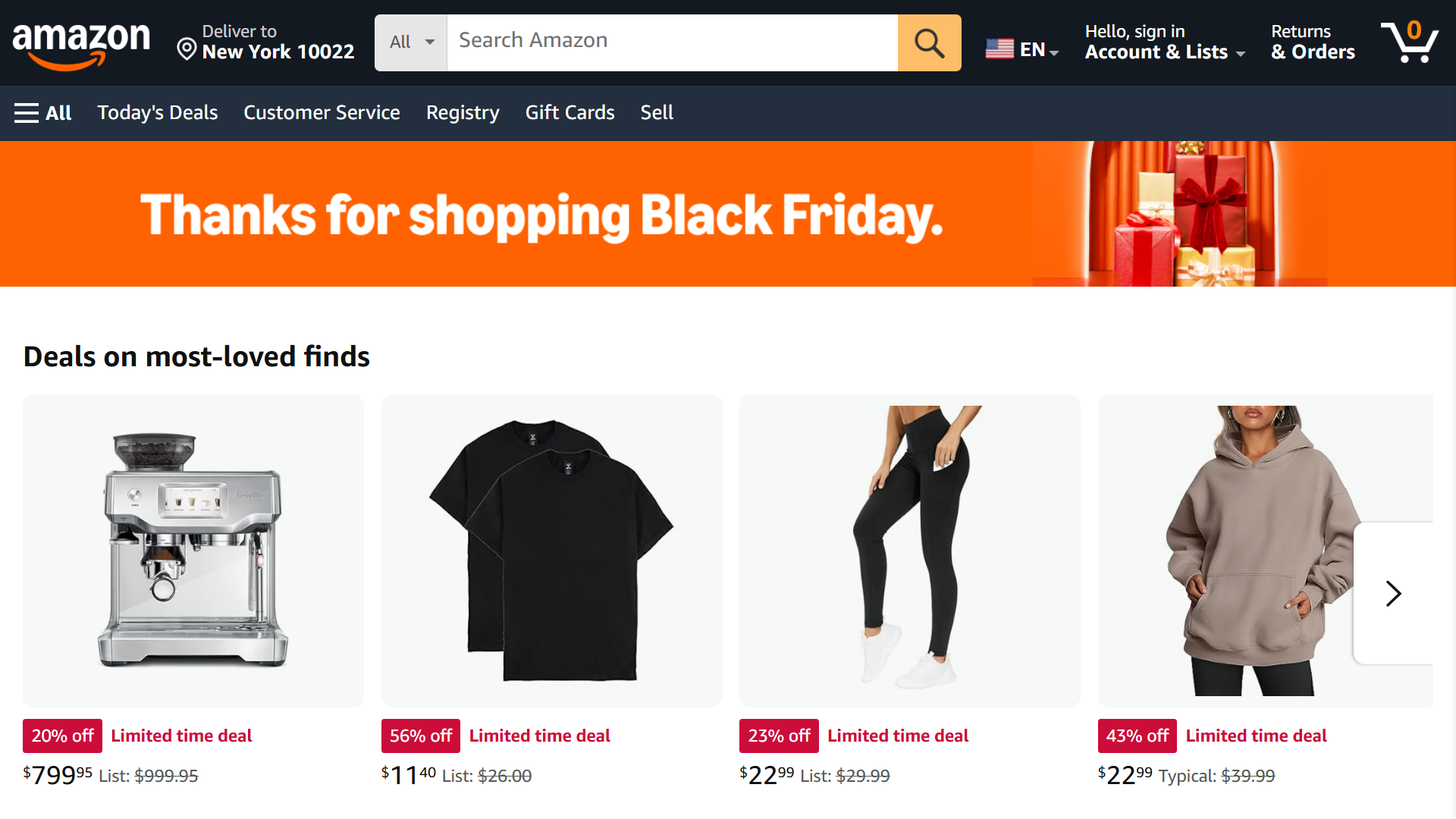
This strategy also works well if you offer an ongoing discount—to students or veterans, for example. Create a page with instructions about how to claim the discount and don’t move it.
You’ll get links from sites that cater to relevant audiences. Sites specializing in discounts, consumer advice, and money-saving tips also love to promote these long-term offers.
Here’s the student discount page for Nike’s UK store, for example:
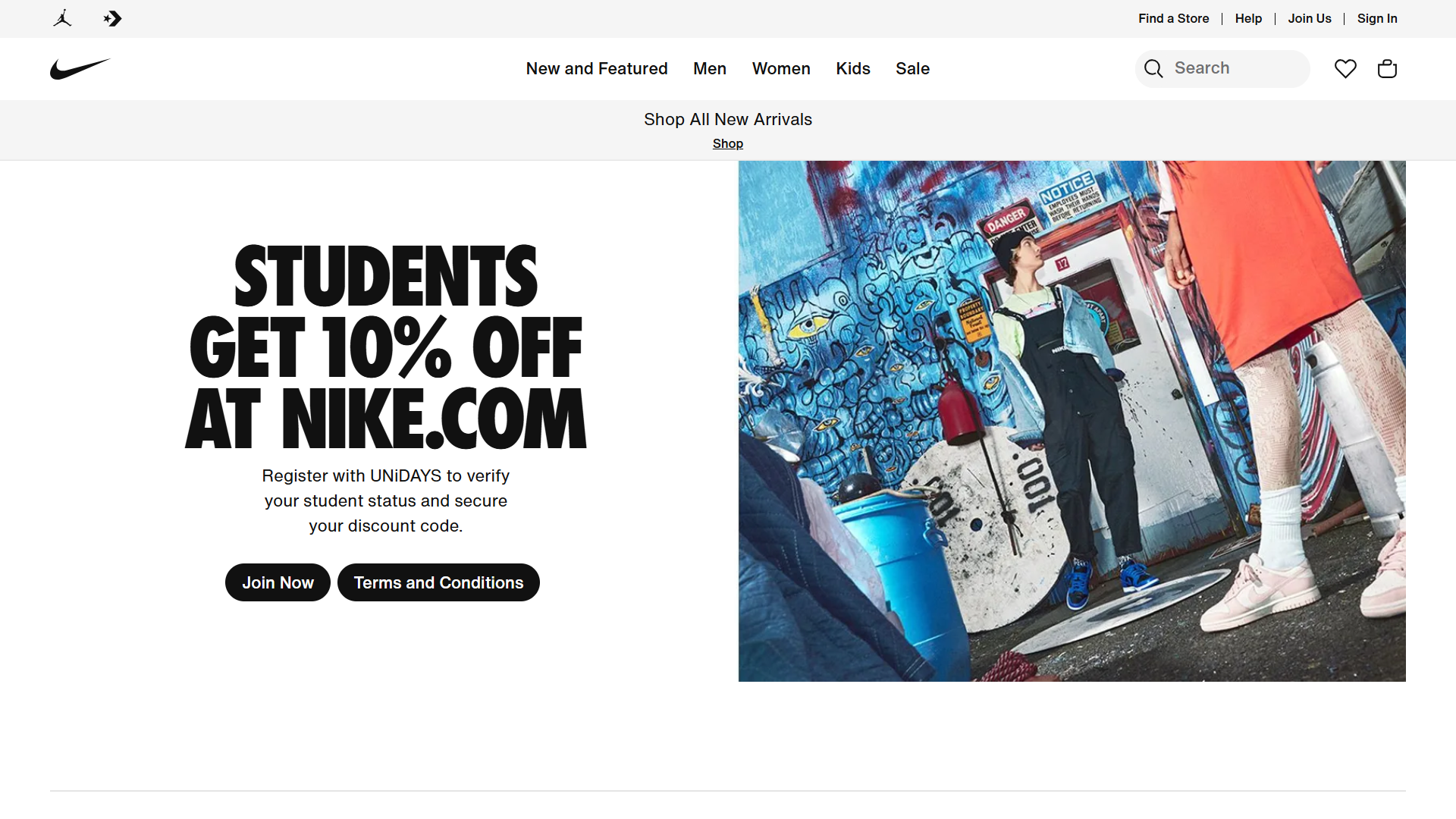
4. Unlinked Brand Mentions
This technique is particularly effective for established ecommerce brands because they tend to have lots of references across the web.
Here’s how to find unlinked brand mentions:
- Use tools like Google Alerts and Brand24 to find references to your brand.
- Check if brand mentions include a link back to your site.
- If there’s no link, reach out to the site editor and request one.
Digital PR campaigns, linkable assets, and ongoing promotions do the heavy lifting. But unlinked brand mentions are easy wins and still worth pursuing. They provide extra link juice for relatively little effort.
5. Broken Competitor Link Building
Broken link building involves identifying links on your competitors’ sites that point to “broken” pages. These return either 5xx or 4xx errors.
Here’s a quick guide to broken ecommerce link building:
- Use a tool like Ahrefs or Semrush to identify external links to your competitors’ sites that return 5xx and 4xx errors.
- Filter linking sites by domain authority.
- Use Wayback Machine to check what the linked page used to contain.
- Identify relevant pages on your site that could replace it.
- Reach out to site admins to alert them of the broken link and offer an alternative page.
This strategy is effective because the people in charge of sites tend not to like broken links. It’s often easier to change a link than take it down completely.
What’s Not Working in Ecommerce Link Building?
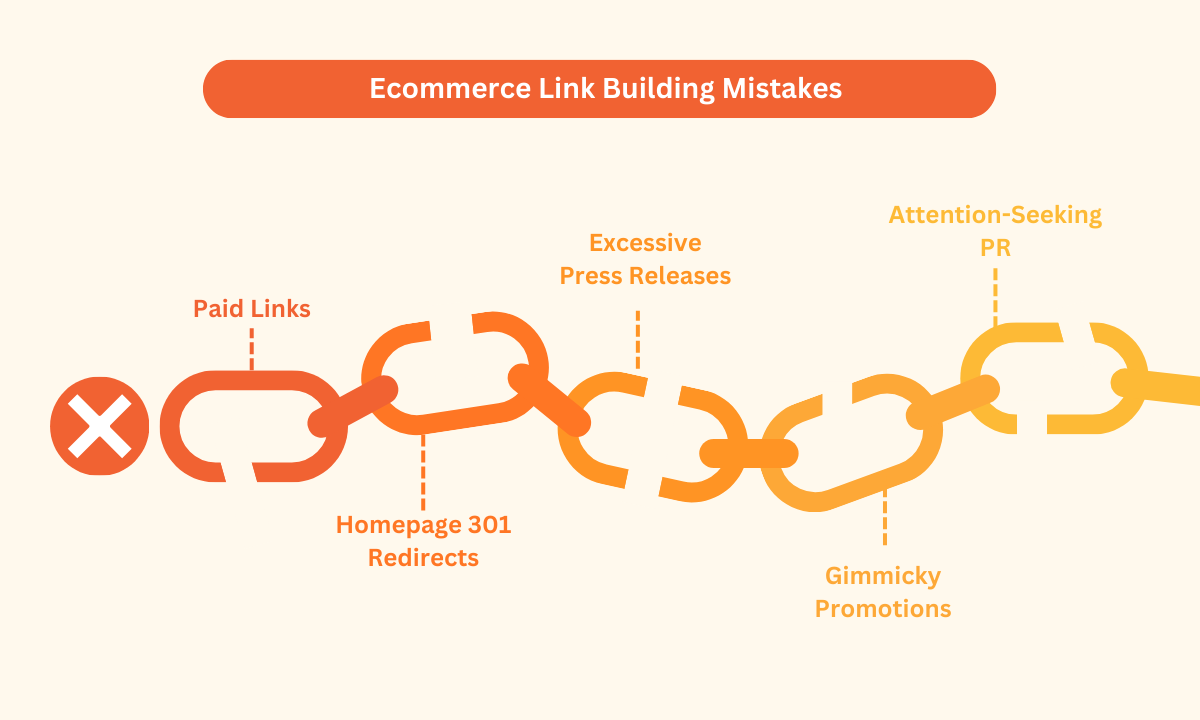
Here are the top five mistakes to avoid when building links to ecommerce sites:
- Paid links and undisclosed reviews
- Homepage 301 redirects
- Excessive press releases
- Gimmicky promotions
- Attention-seeking PR
Let’s look at why you should give these villains of the SEO world a wide berth.
1. Paid Links and Undisclosed Paid Reviews
Google is clear about the risk of penalties for sites purchasing links. Yet research shows it’s common practice.
Even if you think paid links do provide some value, they’re best avoided.
Why? Because it’s simply not worth it from a cost perspective. It’s better to funnel the money you’d pay for a $1000 link into a PR campaign or a good piece of linkable content.
However, there’s also a gray area of paid links that a lot of ecommerce sites occupy: paid and complimentary product reviews.
Google has also spoken about these. It stressed that reviewers must disclose the relationship and use a nofollow link, even if a product is provided for free and no money changes hands.
Again, the risk and cost simply aren’t worth it. Your resources are better spent elsewhere.
2. Homepage 301 Redirects
Ecommerce stores tend to have significantly more 301 redirects than other sites. Product lines are often discontinued, and product and category pages get taken down.
One big mistake that site admins make is to redirect all these defunct pages to the homepage. But Google dislikes this practice and will probably see these requests as soft 404s.
In a nutshell, that means no link juice.
Instead, redirect old product and category pages with existing links to one of the following:
- Newer models
- Similar products
- Relevant category or subcategory pages
A quick site audit will reveal if you have any redirect opportunities that you can take advantage of immediately. Simply check if any URLs redirecting to the homepage have backlinks.
3. Excessive Press Releases
It’s unlikely that hyping every single product and internal company update will harm your SEO. But it will eat up resources that can be better spent elsewhere.
One good digital PR campaign will be more effective than dozens of mediocre ones. If you want to post regular updates, restrict them to your corporate blog.
That way, there’s a chance even small stories will get picked up, but without expending time and talent to make it happen.
4. Gimmicky Offers Designed for Publicity
Journalists, site admins, and consumers have near-impenetrable BS filters.
If you’re going to reach out to these gatekeepers to ask them to promote your once-in-a-lifetime discount or never-before-seen special offer, you’d best make sure it’s real.
One example of a company that seems to have incredible offers on the surface is Temu. And while Temu is legitimate, many people view its discounts as misleading, which has resulted in a great deal of mistrust in the media.
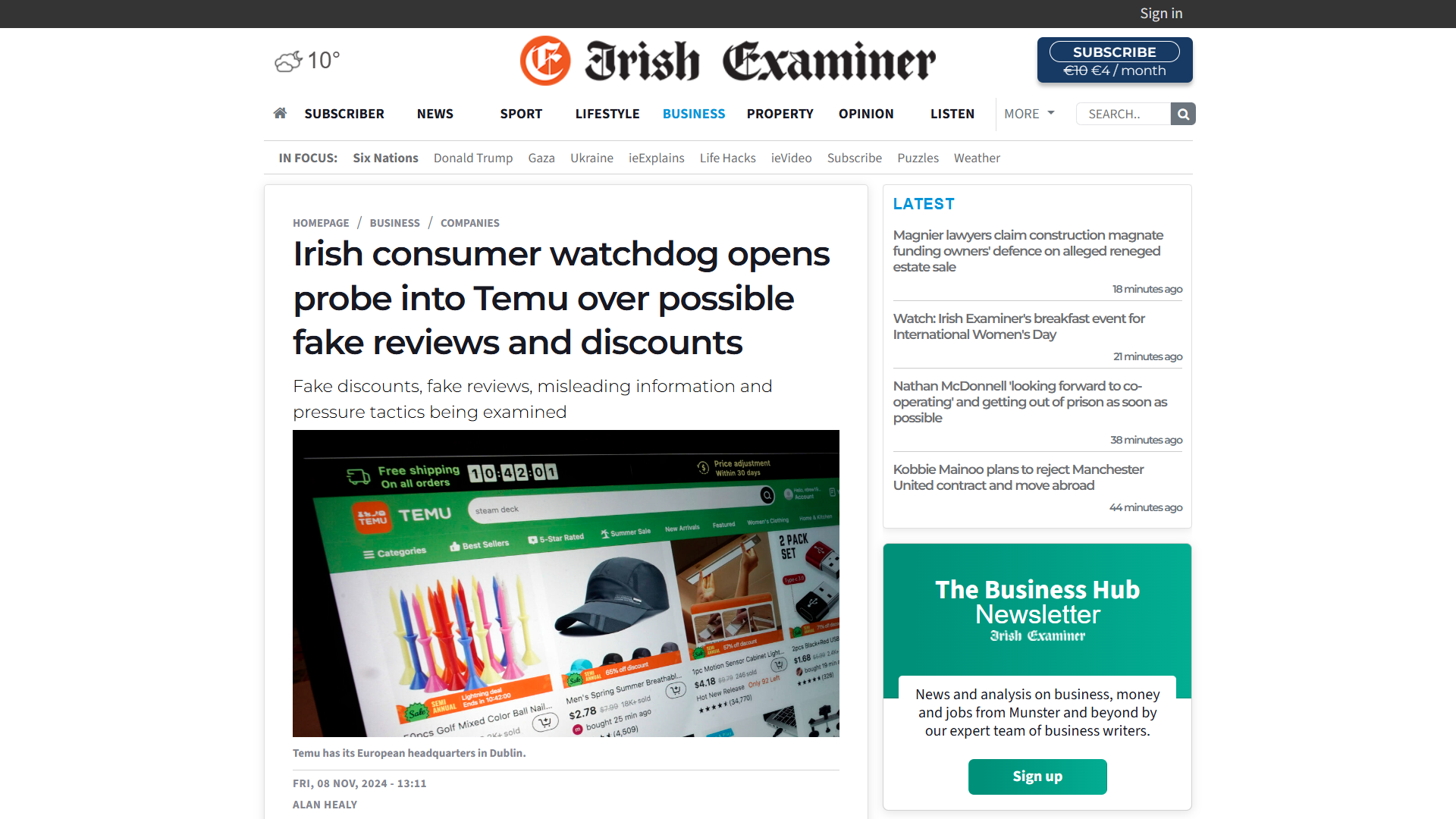
5. Attention-Seeking PR
Positive social initiatives drive links and publicity. They’re tried and tested.
But they need to be done in the right way.
Below is an example of a body positivity campaign from Fashion Nova that didn’t go quite to plan, partly because its product range wasn’t as inclusive as its posts made out.
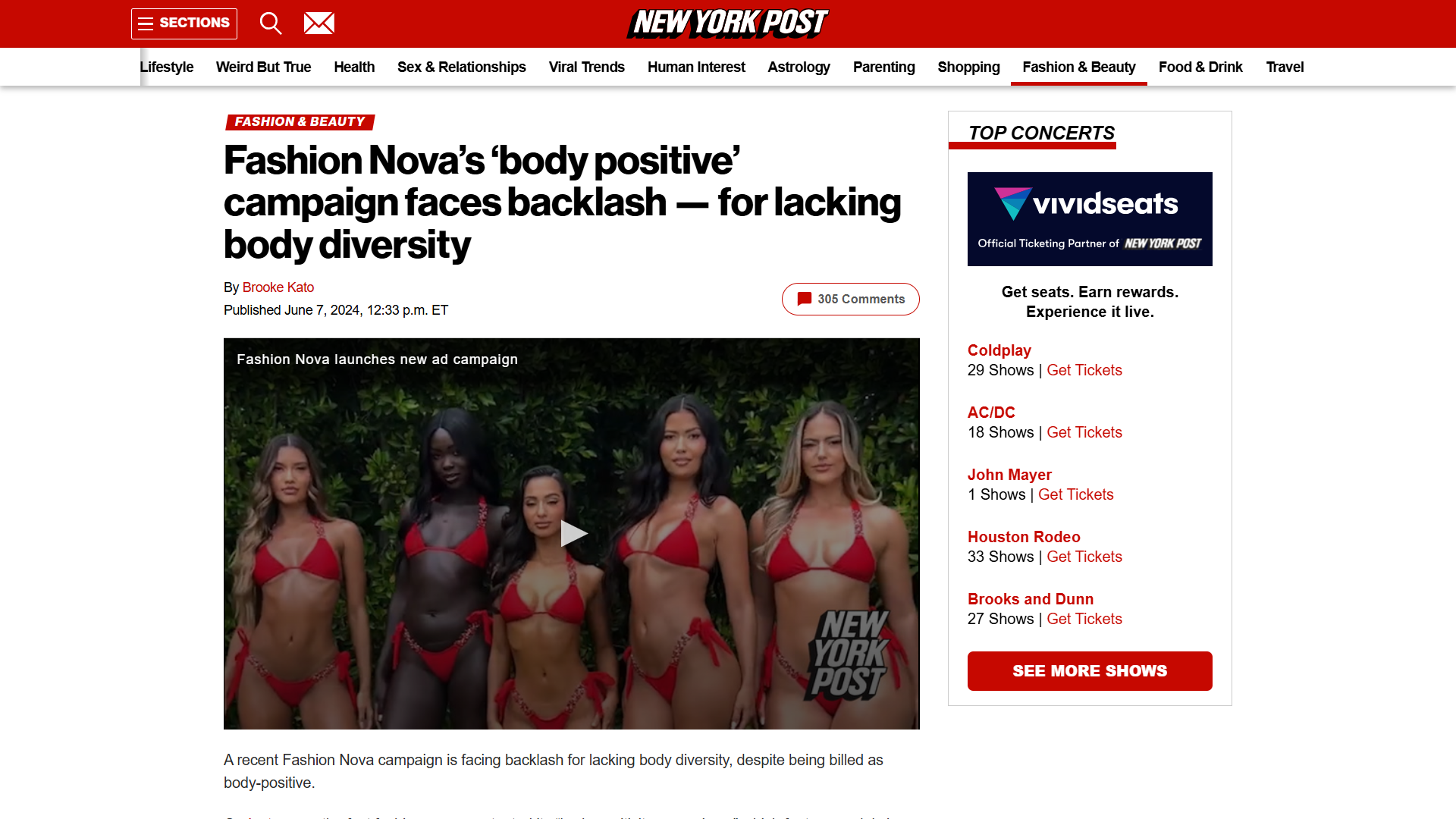
Initiatives like this should align with your brand’s values and track record. Like gimmicky promotions, the risk here isn’t just that the campaign won’t gain traction. There’s a real possibility of negative press.
Why Quality Beats Quantity Every Time
It’s well-established that link quality matters more than quantity.
Spreading yourself thin with endless press releases and fakery is a sure route to Google oblivion.
When it’s done well, however, ecommerce link-building can generate extremely high-quality links. We’re talking about the biggest media outlets in the world.
Of course, snap up the easy wins by going after broken links and brand mentions.
But focus the bulk of your time and resources on delivering a handful of well-executed digital PR campaigns, linkable informational assets, and newsworthy promotions.
And then sit back and watch those rankings climb.

